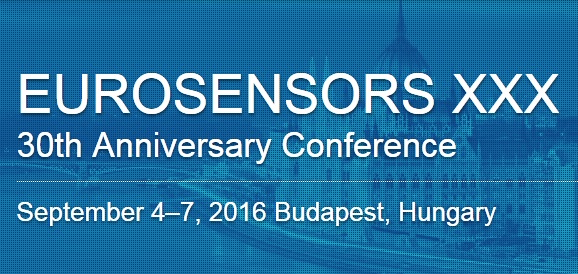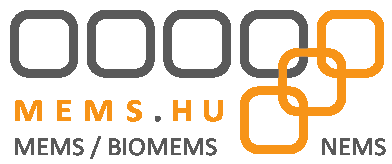BioMEMS
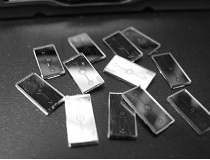
Solid-state nanopore biosensors
A joint project of MEMS Laboratory and BUTE on the development and characterisation of solid-state nanopore sensors for medical diagnostics.
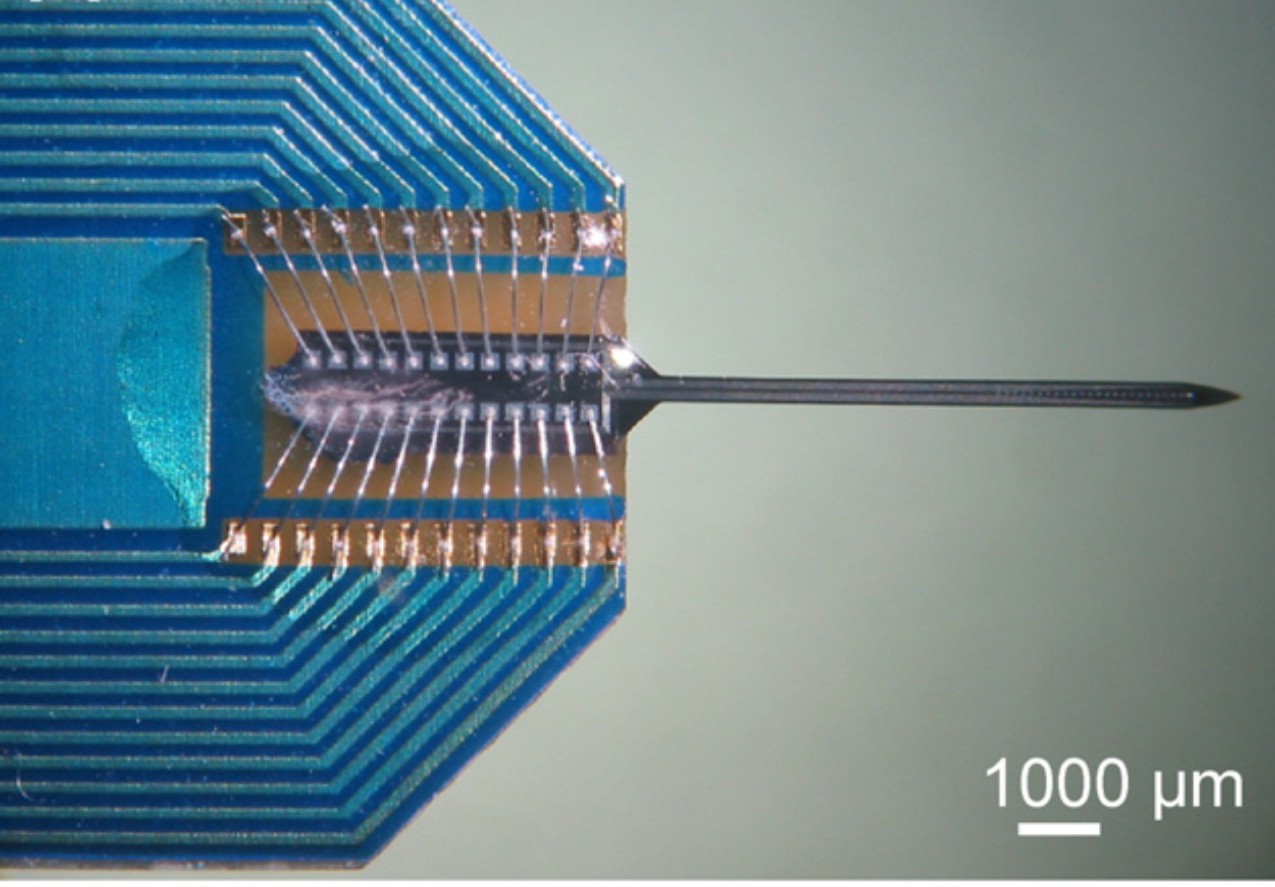
Neural microprobes
A co-operation between MEMS Laboratory and the Institute for Psychology of the Hungarian Academy of Sciences in the field of microfabrication and electrophysiological characterisation of silicon microprobes.
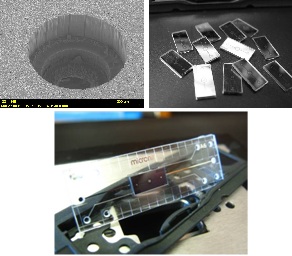
Integrated microfluidic platform for nanopore biosensors
The final goal of this project is to develop nanopore based multi-parametric biosensing platform, applicable for label-free detection of blood marker proteins of cardiovascular symptoms. This work is part of ENIAC CAJAL4EU project.
Particle separation in the microscale
A series of silicon-glass based microfluidic chip was designed and fabricated by conventional MEMS technology. The influence of geometric parameters of several bifurcation arrangements was quantitatively analyzed under different flow conditions.
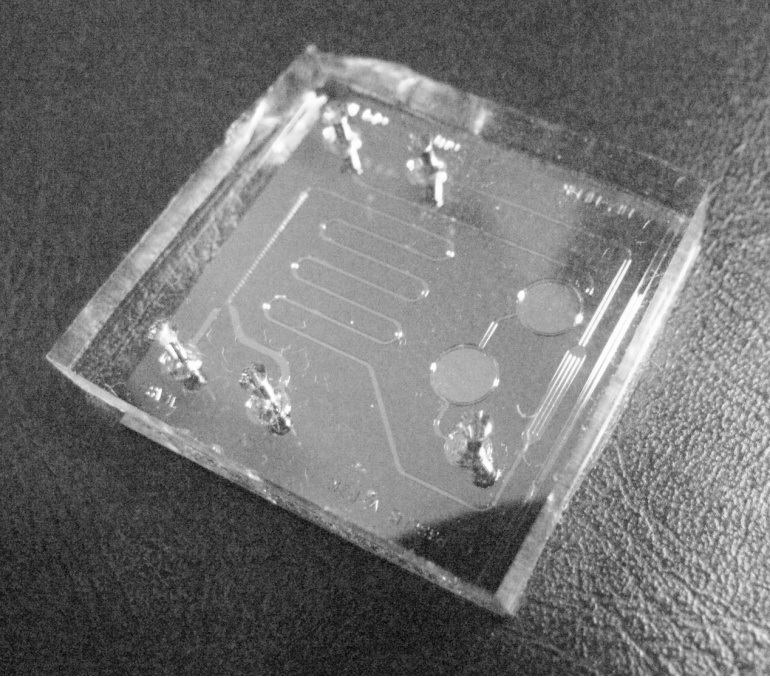
Polymer microfluidics for photonic biosensors
In this work, we report advances in the fabrication technology and testing of polymer microfluidics as a part of a polymer biosensor photonic device developed in the European Union project P3SENS (FP7-ICT4-248304).
Surface modication for PDMS microfluidics
The material aspects of a polymer based microfluidic structure were characterised considering the compatibility of the system with bioanalytical applications. The polydimethylsiloxane (PDMS) based channel system is to be integrated in a full polymer photonic biosensor device developed within the European Union project P3SENS (FP7-ICT4-248304).
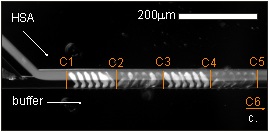
Chaotic micromixers
Novel results in chaotic advection based micromixing is presented. SU-8 and PDMS test structures were designed in order to characterise mixing efficiencies by fluorescence microscopy.
Characterisation of digital microfluidics
Our group focuses on the optimization of electrode design using several test device fabricated by standard MEMS technology. In cooperation with the Pázmány Péter Catholic University, motion frequency at several excitation is being analyzed both in linear and some complicated EWOD (Electro-wetting-on-dielectrics) chip layout providing separation and mixing functions.
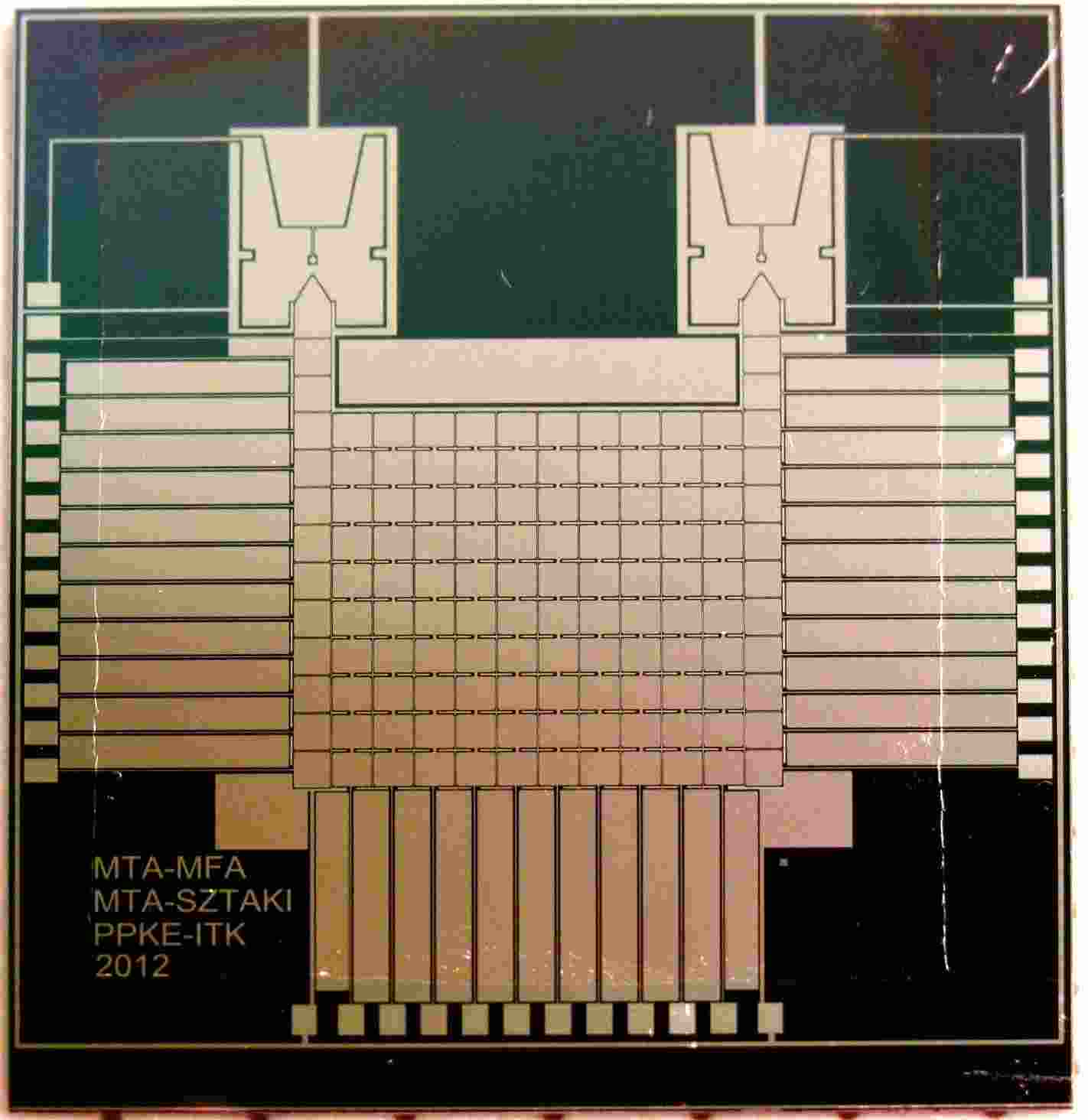
Digital microlfuidics for THz imaging
A radically different idea for spatial light modulation in broadband terahertz range compared to existing solutions is proposed. We utilize the high and broadband absorption of water for THz spatial modulation by means of programmable digital microfluidic droplet array.


